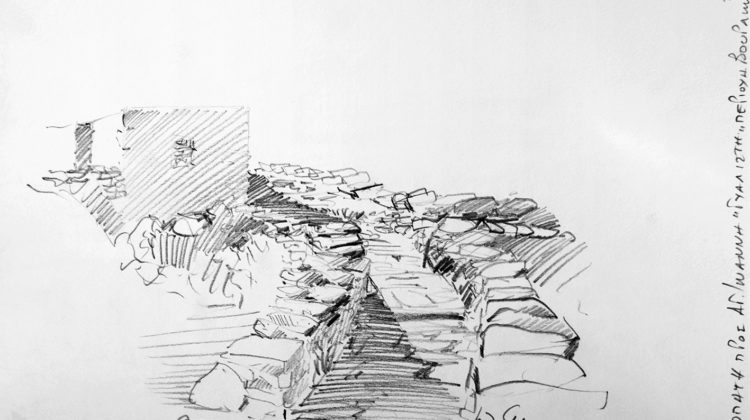
As promised, we share with you the artistic work of the Parian ceramist Stelios Ghikas, accompanied by the inspired text of the priest Evangelos Valantasis.
We continue now with the presentation of the monastic life.
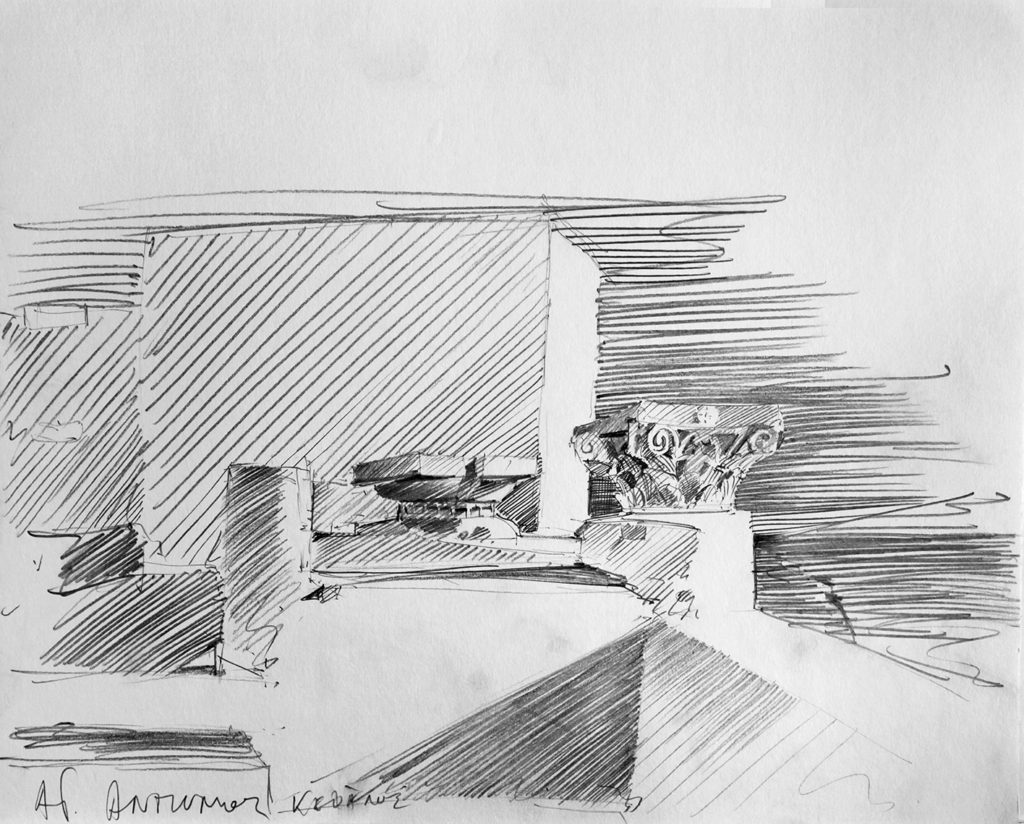
The structure of a monastery
Orthodox monasteries are like fortresses with high walls, small windows, and generally well-protected doorways. In the center of each monastery is the church, called “katholikon”, the place where everyone meets, that’s what the word means. In the katholikon, monks gather for prayer and Masses during the day and at night. Tradition says that the visitor first enter the church and pray before doing anything else.
Monks generally build their cells upstairs, where they read, sleep and pray. They are very austere: a bed, a shelf, a hook on the wall, an icon and sometimes a small desk.
Below, under the cells of the monks, found the common areas: a large room for guests, usually decorated with pictures of old abbots and bishops associated with the monastery, dining room, kitchen, storage places for food, a library and recently, a computer room (yes!) These places may be visited, while access to cells monks is prohibited.
Monasteries are self-sufficient. In this sense, they look like fortified cities. Everything the monks need for their physical and mental health lies behind their great walls.
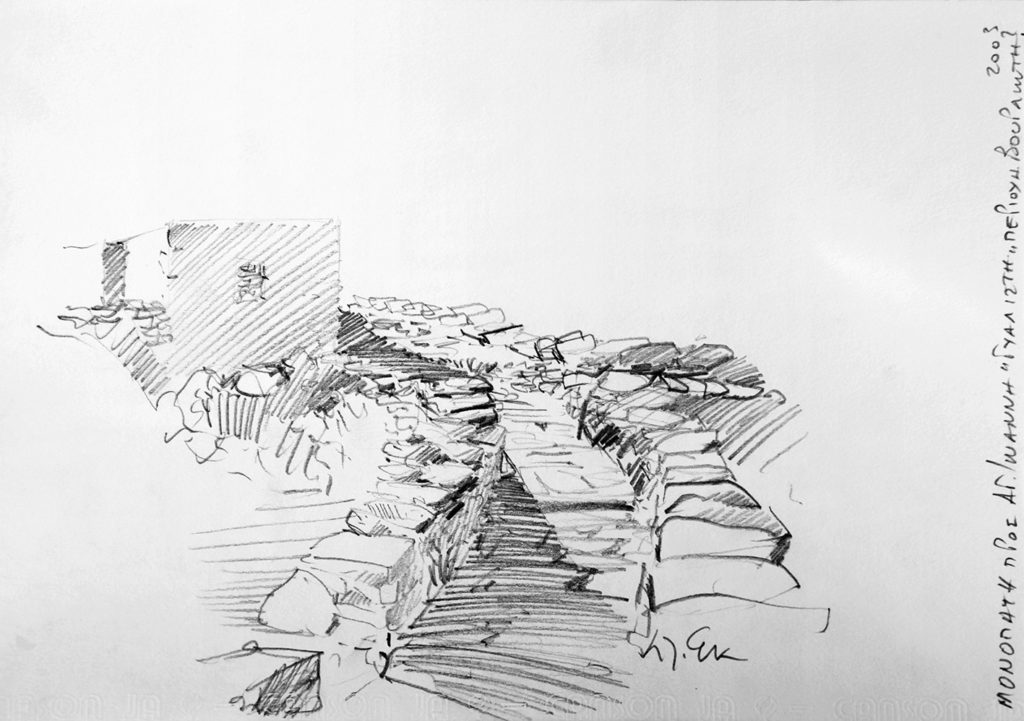
The habit of the monk
Monks, men and women, wear a special garment called “rasso”. This typical outfit means their new identity, after a trial period of 3 to 6 months in the community. The rasso consists of two parts: a cover for the head and another for the body. For women, it is a scarf, covered with a veil. For men, it’s a simple hat. Typically, a red cross is embroidered in the male hat and the feminine veil. The monk’s habit is a long black garment and it is made of inexpensive black fabric and must be rough and resistant. The rasso means that God has thus dressed them and made them new and different people.
The « talent »
The monks pray and sleep at unusual times and in the courtyard of a monastery you will see the alarm-clock of the monks, called “talent”. It is a wooden board that a monk beats it rhythmically with a wooden hammer. Thus, a monk must always be awake until the hour of prayer, to begin beating the talent to awaken others. Monks must learn to observe the sky carefully or to have an hourglass that calculates time.
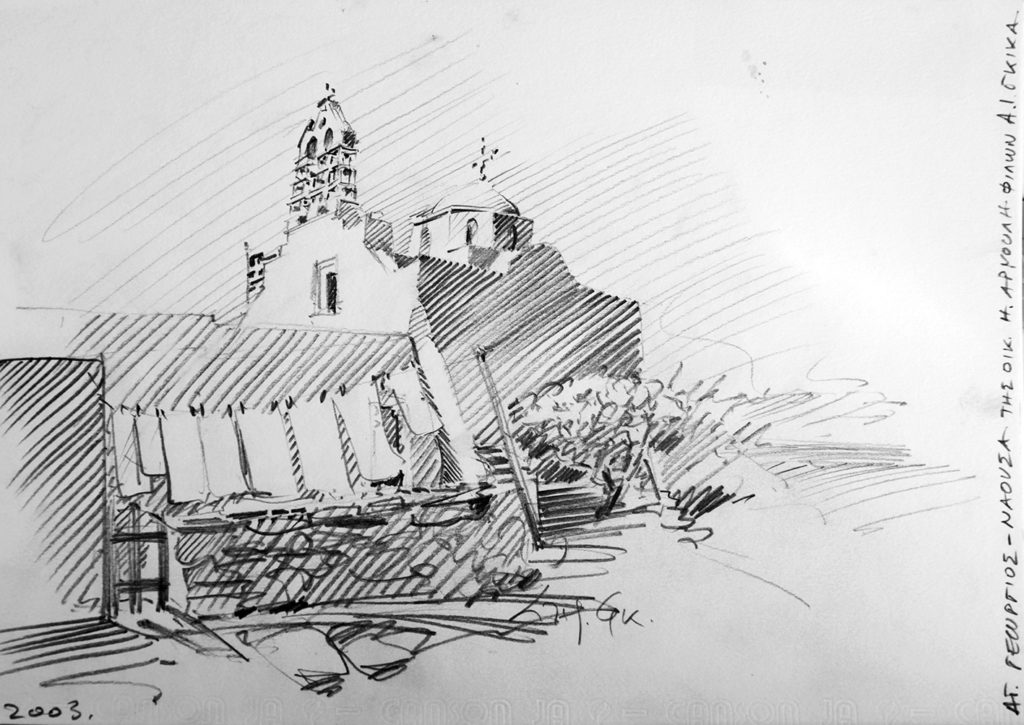
The monastic prayer
The monk performs his prayer in two ways – individually and collectively. The monastic community gathers for the collective prayer seven times a day and once in the night. Collective prayers are called “hours” and measured by the old hour counting mode: Morning (sunrise), first “hour”, third “hour” (around 9am), sixth hour (around noon) ), the ninth hour (around 3pm), Vespers (at sunset), after dinner and just before bedtime and the all-night vigil that usually starts around 3am and lasts until early morning, just before morning). The monks recite the entire Book of Psalms in one week, which means that the biblical language is the main language of prayer. It’s like talking to God using the words God has given them through the Bible.
Individual prayer and meditation take place in the monk’s cell. This constant meditation is like a ruminent cow – the monk receives spiritual food in the chapel or through reading, and later he “chews” to nourish his soul by fully exploring the meaning of words and their symbolism. Some tasks, such as painting and copying manuscripts, require the monk to truly immerse himself in prayer and fasting. This intimate connection between work and prayer becomes evident in the magnificent spiritual beauty of the works.
The monk shares his day-time between work and prayer, but his work must become a form of prayer. They learn to pray while they cultivate the land, gather fruits and vegetables, or simply walk. Whatever the monk does, there must be a prayer !
The prayer of Jesus
For centuries, all Christians appeal to Jesus in their individual prayer. The prayer is: “Lord Jesus Christ, Son of God, be merciful to the sinner.” Monks recite this prayer again and again, hundreds or thousands of times in a row, to dedicate their minds entirely to God.
In order to regulate the speed and frequency of prayer, the monks use a piece of rope called “metanoia”, or repentance. This rope, which was usually made as an act of prayer by another monk, has 25 or 50 or 100 or 500 or 1000 knots in series between beads, which break the prayer period into smaller portions. Each knot represents a repetition of Jesus’ prayer. On the pearls, the monk can say other prayers, or simply breathe normally for a moment, then continue their prayer.
Monastic food
If you have the chance to be invited to a meal in a monastery, do not miss the opportunity. As a host, you will eat royally – homemade bread, lentil soup, chickpeas, cheese, olive oil and wine were made by the monks themselves. Everything is rich in flavor and the monks know the meaning of hospitality.
The monks themselves, however, are fasting almost constantly and they rarely eat meat. Usually they allow themselves a meal a day, after the “ninth” and before the evening, all silently in the dining room, while a monk recites a prayer. The meal usually consists of beans or boiled vegetables and bread, maybe some olives. Their fasting usually excludes dairy products, so that milk and cheese are only allowed for specific holidays and special occasions.
Monasteries always have food for the guests. Indeed, when visiting a monastery, in general, they offer the “evlogia” or blessing, consisting of a drink and a sweet delicacy of their own manufacture accompanied by a glass of fresh water. The monks gladly offer their guests the food they refuse themselves.
Monastic hospitality
The monks are sworn to welcome all visitors. In greeting you, they feel like receiving Christ in the form of still unknown angel, as writen a passage in the New Testament.
The beauty of monastic hospitality lies in their perception that God is in the details. The sleeping rooms distill prayer, this spiritual balm that transform them into something much more extraordinary than mere sleeping spaces. The cleanliness of the room, the positioning of the bed, the simple decor (and often very elegant), a simple cross above the bed, clean sheets, polished floors, simple hooks on the wall to affix your clothes, all contribute that your visit looks like if the monks had been waiting for it a long time.
There is nothing better than monastic hospitality !
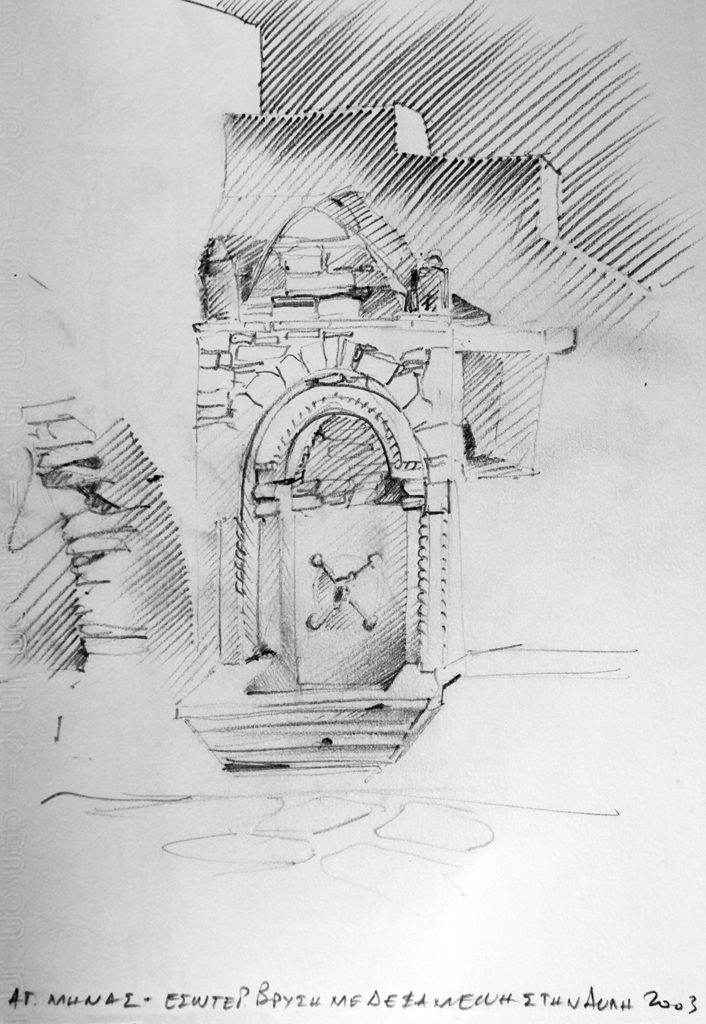

Leave a Reply